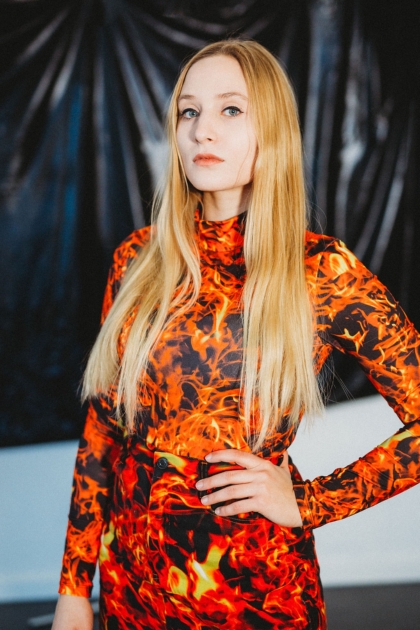Marlene Bart works at the intersection of natural history, anatomy, and the visual arts. She combines scientific and artistic images to create a new visual language. To what extent does this common visual language make it possible to rethink systems of order in the natural sciences? Here, Bart’s research is also artistic—how can the human relationship to these categories be influenced and even altered by virtual reality, or VR. Using a variety of techniques (prints, artists’ books, sculptures, installations, VR), she shifts historical books and other evidence into a contemporary context.
Marlene Bart studied the visual arts under Professor Wolfgang Ellenrieder at the Hochschule für Bildende Künste in Braunschweig (HBK), at Villa Arson (École nationale supérieure d'art) in Nice and at the Art Center College of Design in Pasadena, California. She has a master’s degree in “Art in Context” from the University of the Arts Berlin (UdK). From 2017-2020 she was an instructor at the Hochschule für Bildende Künste in Braunschweig (HBK) and from 2020-2021 she taught at the Bauhaus University Weimar. Bart is the founder and editor of the transdisciplinary book series Atlas der Datenkörper, published by transcript Verlag. Marlene Bart lives in Berlin.
© Portrait Marlene Bart by Rica Rosa
